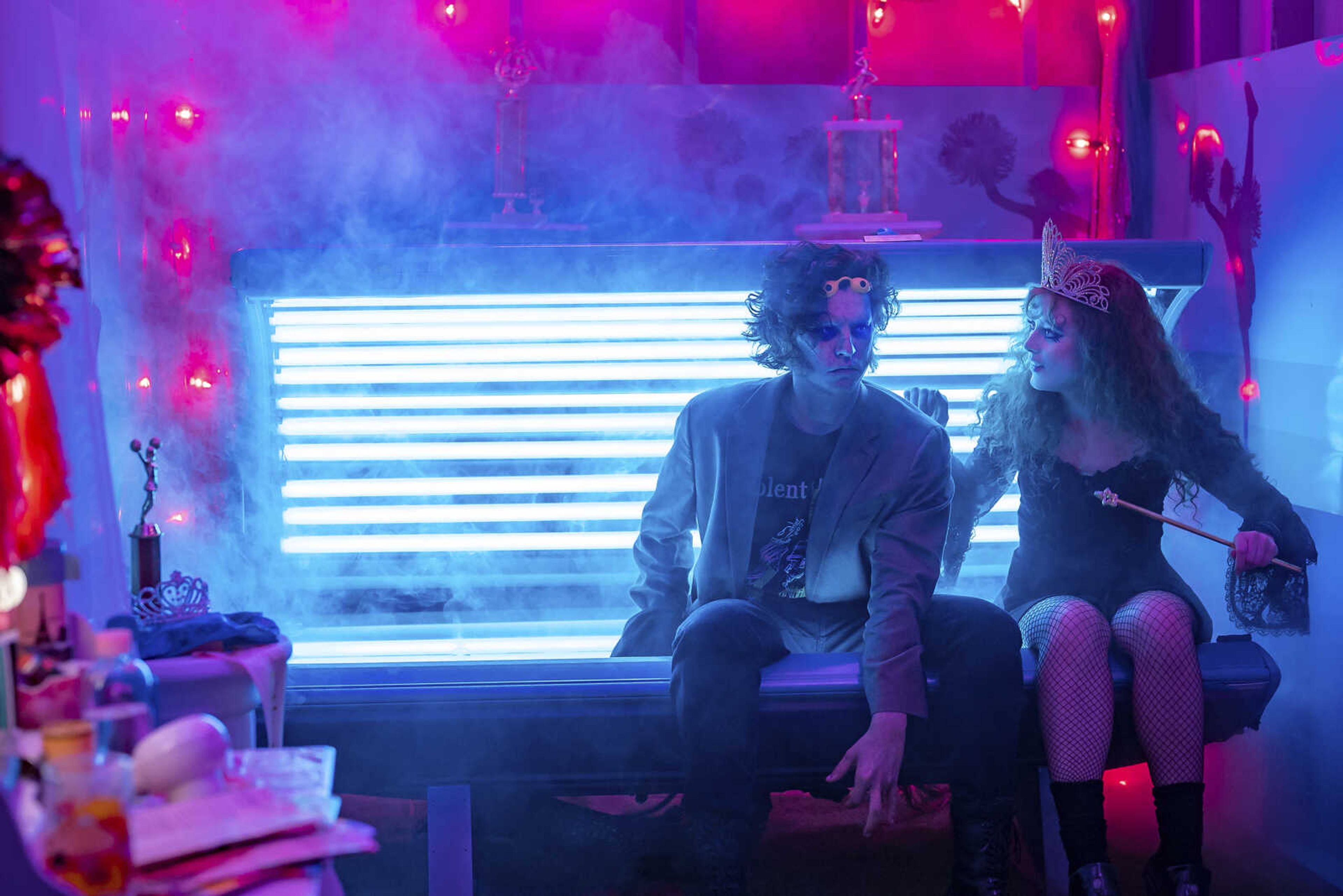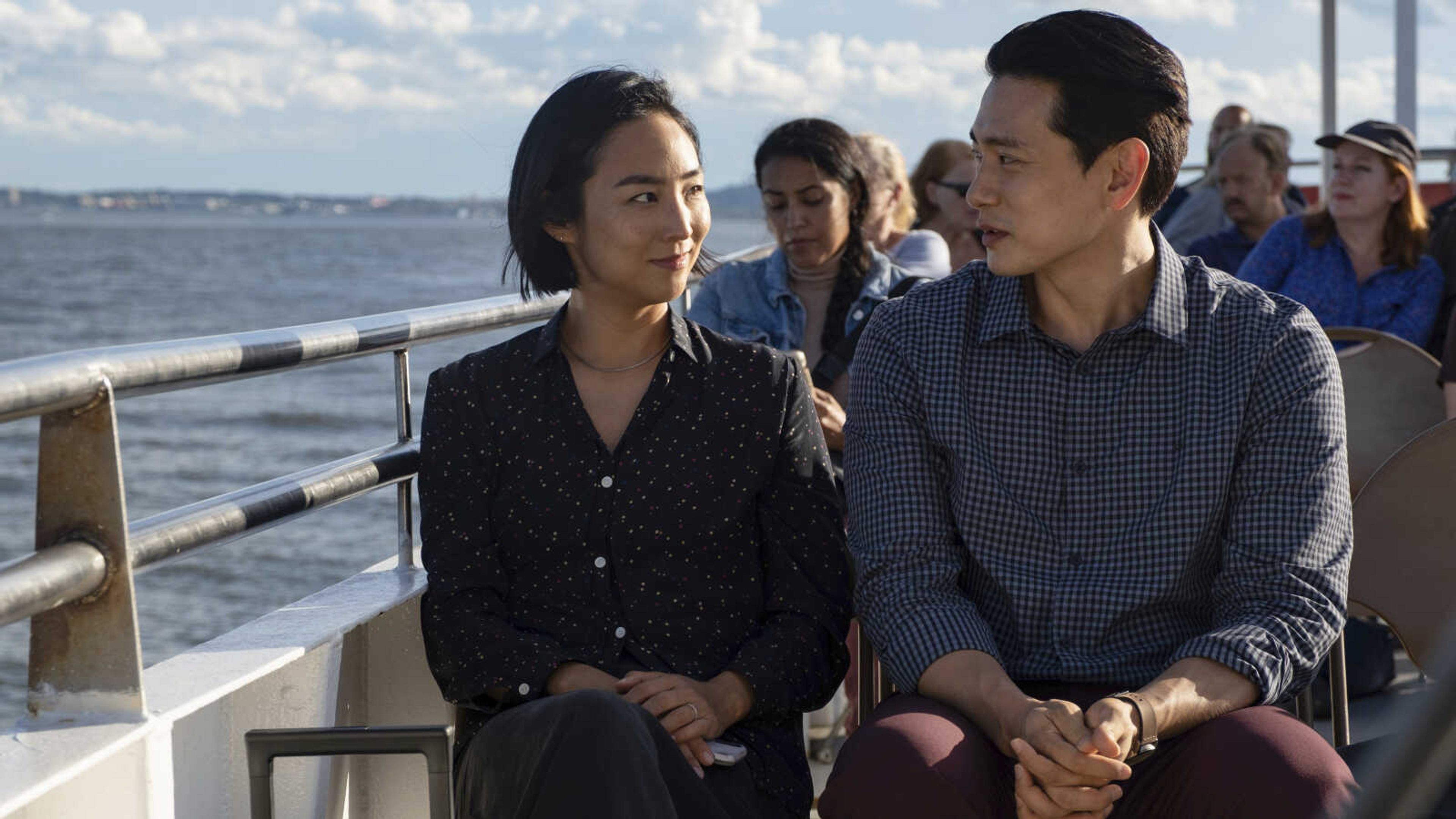Teaching the Suzuki method
In Japan at the close of World War II, a music teacher named Shin'ichi Suzuki began teaching large groups of young children how to play the violin through methods that were then unorthodox. Suzuki would say he felt it was his calling to help the children of the world overcome their fears and sadness caused by the war...
In Japan at the close of World War II, a music teacher named Shin'ichi Suzuki began teaching large groups of young children how to play the violin through methods that were then unorthodox. Suzuki would say he felt it was his calling to help the children of the world overcome their fears and sadness caused by the war.
Before Sept. 11, Cape Girardeau violin teacher Hays Hendricks admits, she was a bit jaded about all that.
"I no longer think that was simplistic," she says.
Suzuki died in 1998 at age 99 after spreading his teaching methods all around the globe.
The bedrock of his teaching was his belief that every child has the talent to be a good musician. His belief was based on the fact that children everywhere in the world know at least 4,000 words by age 5. He studied the best conditions for teaching children and concluded that the same methods through which children acquire speech could be used to teach them almost anything.
Children using the Suzuki method do not learn to read music until they are well along toward gaining control over their instrument. Parental involvement is key to the system. In some programs, the parents start playing the violin before their children do.
Another key is creating a good environment to learn in. "Man is the son of his environment," is a famous Suzuki quote.
"If we grow up being nurtured, encouraged and praised, we can accomplish most everything we set our mind to," says Hendricks, a Suzuki teacher at the Southeast Music Academy. "If we are criticized, we are not willing to try again."
Hendricks and 12 violin students formed a circle in a room in the Brandt Building at Southeast on a recent Tuesday afternoon. At least one of each of the students' parents sat in chairs in the classroom, listening. The students practiced picking up their violins and holding them during the hourlong music lesson, but they put bow to strings not once.
First, Hendricks asked them if there was anything they wanted to talk about. One wanted to tell her about being in the SEMO District Fair Parade. When the students ran out of things they needed to say, they were ready to begin learning about the violin.
Hendricks: "Ready for your lesson?"
Students in unison: "Please teach me."
"Up like a rock, down like the rain, back and forth like a choo-choo train. Round and round like a big yellow sun." That is the saying that helps the children understand how their bow hand is supposed to work and look.
They try to hold their bows so that a imaginary person called "Mr. Happy" is balanced on the end.
Hendricks quizzed the students on the parts of the violin and had them build snakes on the floor using cards that represent the notes on a scale. By starting the snake on a different note each time, the children will come to understand that scales work the same way.
At the end of the class, Hendricks said, "Thank you for your lesson."
Students in unison: "Thank you for teaching me."
Hendricks' students range from a 3-year-old in this class to teen-agers in other classes and a class of adults that is still taking students. Most of the adults have children in the program and want to learn to play themselves. Their violins are sized to fit each student -- one-eighth, one-fourth, one-half, three-fourths and full sizes.
Beth Glaus' son Jacob, is a third-grader at Trinity Lutheran School. Taking Suzuki lessons was Jacob's idea.
"It's so much fun," Glaus says. "There's nothing more relaxing than coming with your child to the lesson and taking practice notes."
Glaus herself played piano as a child and hated to practice. Jacob doesn't have the same problem, and his mother has noted other benefits since he began Suzuki training.
"His math skills and overall esteem are better," she says.
She endorses the Suzuki approach to teaching. "It identifies an ability rather than saying, I can't do this."
"Twinkle, Twinkle Little Star" is the tune every Suzuki violinist plays to start out and continues play. The idea is that it's difficult to make a change in technique unless you know the notes. Older students quickly progress to other music.
Bill Ansberry's wife, Stephanie, wanted to enroll their teen-aged sons Adam and Stephen in Suzuki classes. The boys, who are heavily involved in sports, were willing to try violin as well.
The Cape Girardeau youths are older than most beginners in the classes but started out doing exactly the same things as the youngest students.
"They just move a little faster," Ansberry said.
The goal, he said, was "to broaden their educational horizons. But we did not want to push them into it.
Suzuki's intent was to find the musical ability inherent in everyone, not to train professional musicians. Virtuoso Hillary Hahn is probably the most famous violinist trained in the Suzuki method. Cape Girardeau high school prodigy Liesl Schoenberger also had Suzuki training.
On a recent Saturday at Grace Cafe in downtown Cape Girardeau, the Suzuki parents gathered for coffee and discussion about the Suzuki philosophy. Carole Burkhead, Hendricks' mother, was visiting from Louisville, Ky.
She raised four daughters who all took Suzuki lessons. "It is a method of raising children," she told them. "It happens to involve music. It builds a relationship between the parent and child nothing else will do."
One of Burkhead's daughters spent the first year of her Suzuki lessons under a chair, but she eventually came out to play. "Every child can be taught to play beautifully," Burkhead said. "It's astounding."
Her six grandchildren are all studying violin in the Suzuki method. Hendricks' son, Ben, is on his third year of never missing a day of practice.
The Cape Girardeau Suzuki violinists will participate in a "Play-in" Saturday in St. Louis with dozens of other Suzuki students from around the region.
335-6611, extension 182
Connect with the Southeast Missourian Newsroom:
For corrections to this story or other insights for the editor, click here. To submit a letter to the editor, click here. To learn about the Southeast Missourian’s AI Policy, click here.










